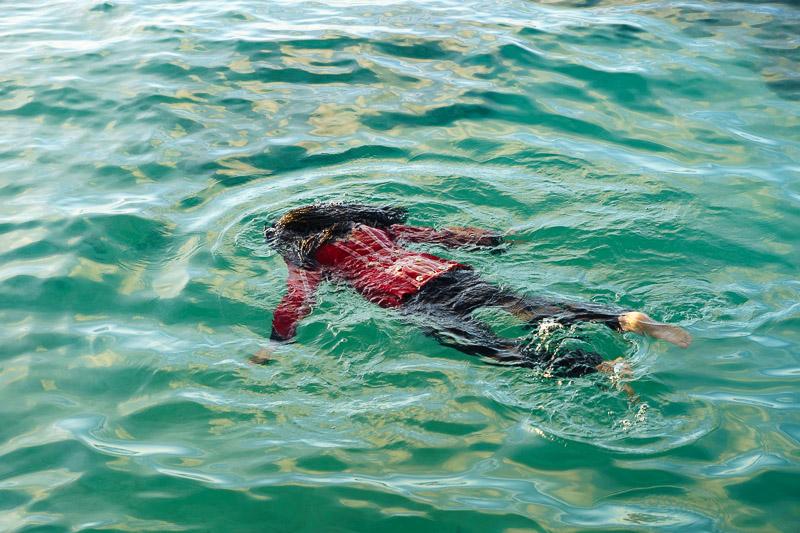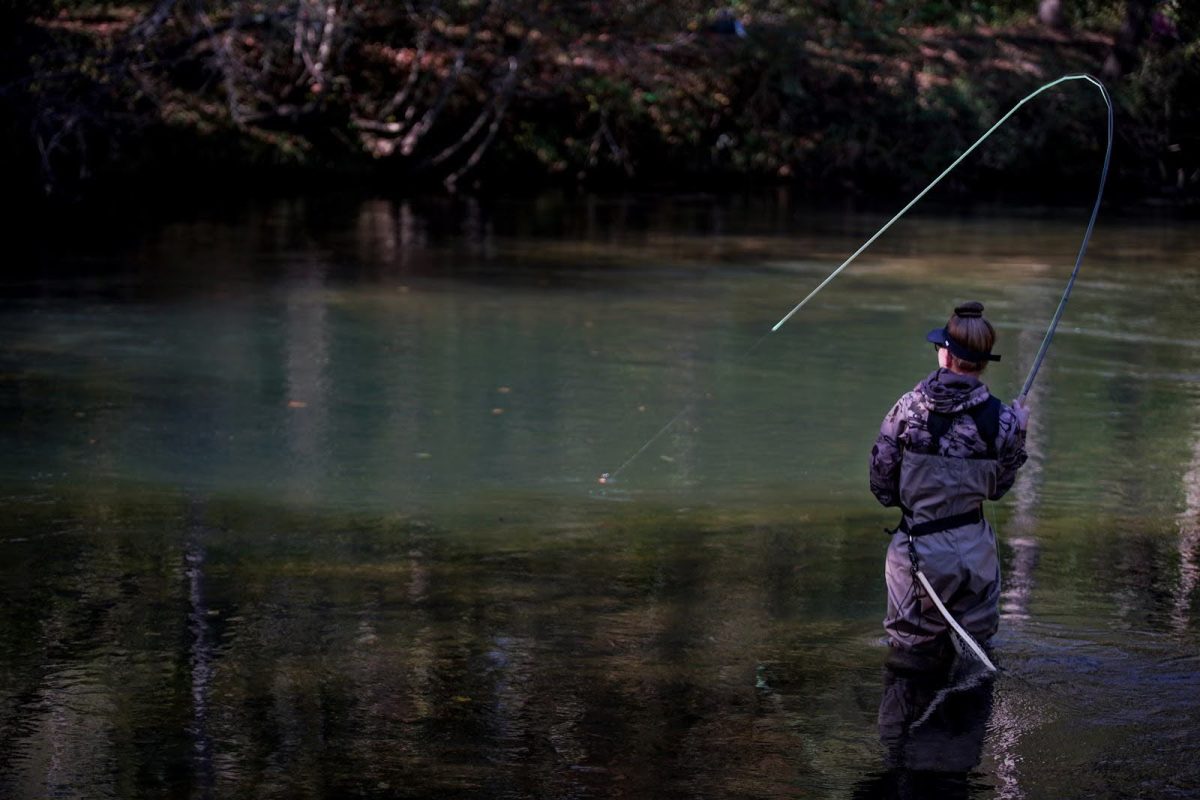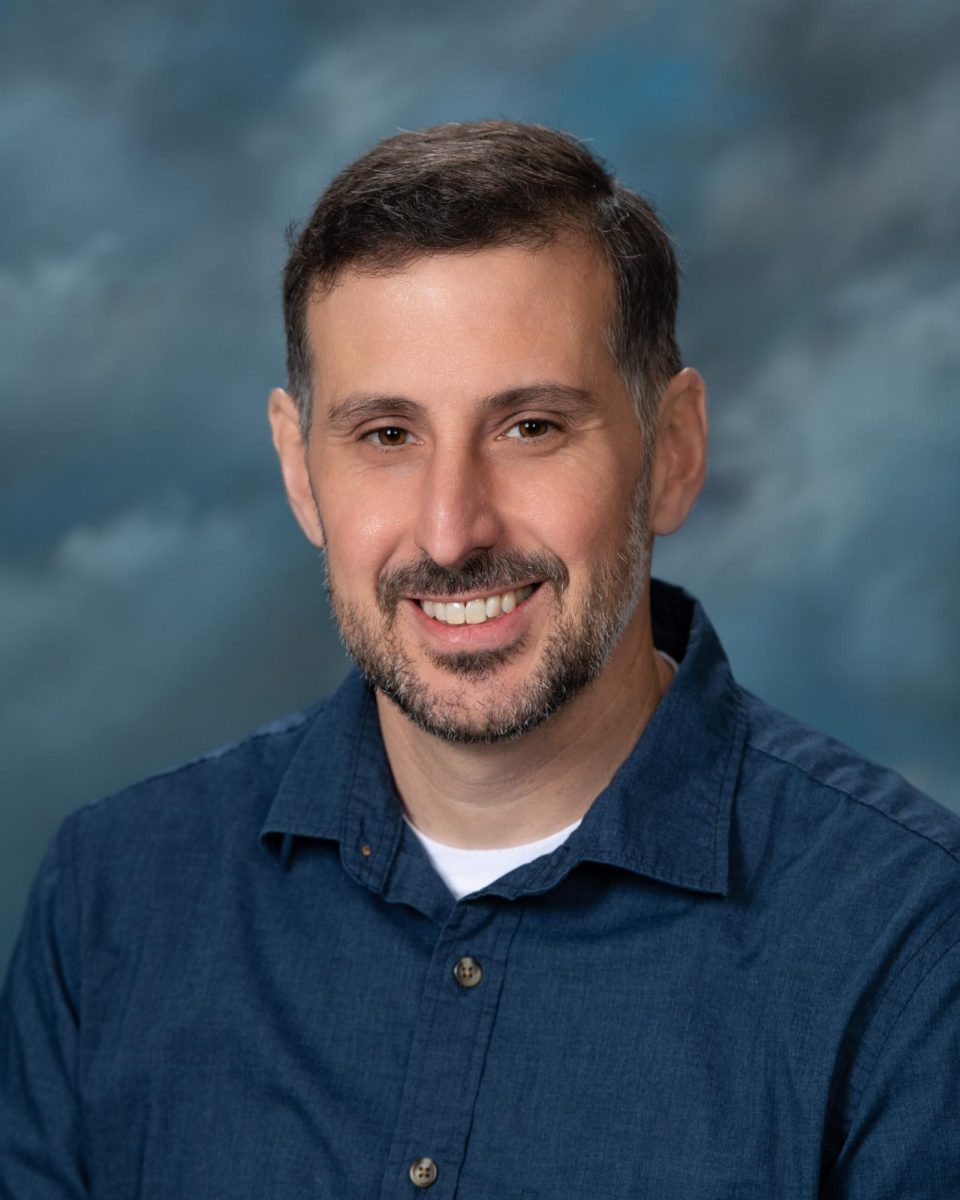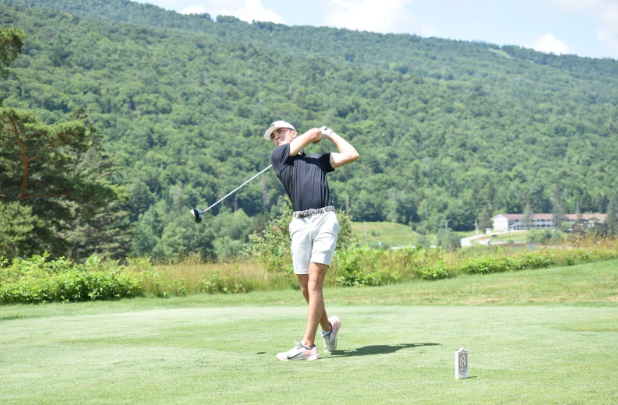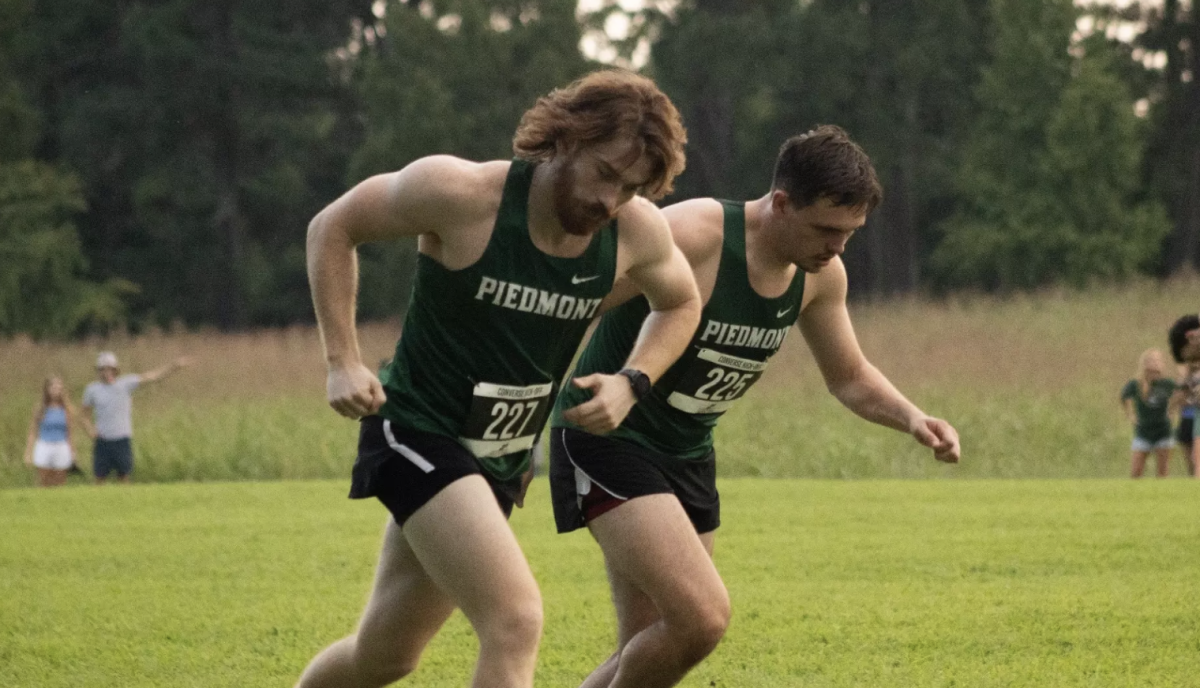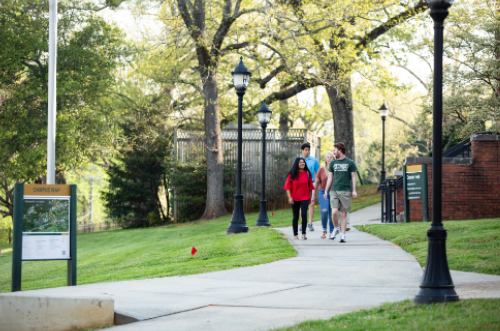
Jamaica- and Atlanta- based artist and Morehouse College professor Cosmo Whyte’s exhibition The Enigma of Arrival is on display at Piedmont College’s Mason-Scharfenstein Museum through Feb. 28. The pieces range from charcoal drawings to color photographs to sculptures constructed with found objects, all conveying the artist’s relationship with his two homelands and their scarred history.
Works on paper are thumb-tacked to the wall, holes left from previous displays. They have been many times unfurled, have taken journeys of their own. The paper is layered with gold leaf in places, scraped away in others. Forms come into sharp focus or are intentionally blurred, as if the closer we are to them, the closer we are to the lives they once lived, the ones we can’t see in the blank background. Disembodied parts riddled with scar tissue show pain and survival and healing.
The water from the photograph, “YOU Know WE Can’t Swim Right,” seems to spill over into the sculpture, “Guess Who is Coming to Dinner,” a mass of red life vests encrusted with mollusks. Both mutely conjure the salt-smell and white noise of the ocean. The other sculpture, “Red, Green, Blue and Black” speaks loudly: a neon sign We Process VISAS AND GREEN CARDS here hangs above a porcelain bowl featuring America’s slave-owning founding fathers smashed, a portrait of a young Frederick Douglass situated inside in a pile of sparkling indigo-blue sand, strewn with the pieces of George Washington’s face across the floor.
I was disappointed that the exhibition was missing the piece entitled “Scar Tissue.” The image on the Piedmont website intrigued me before I came to the opening on Thursday: the portrait of a man’s face, his mouth missing, the paper seemingly scratched away with an angry hand. But the body of work I found captivated me, made me feel the contention of colonialism and relate to the sense of alienation, the baggage the artist carries with him throughout his travels between worlds.


